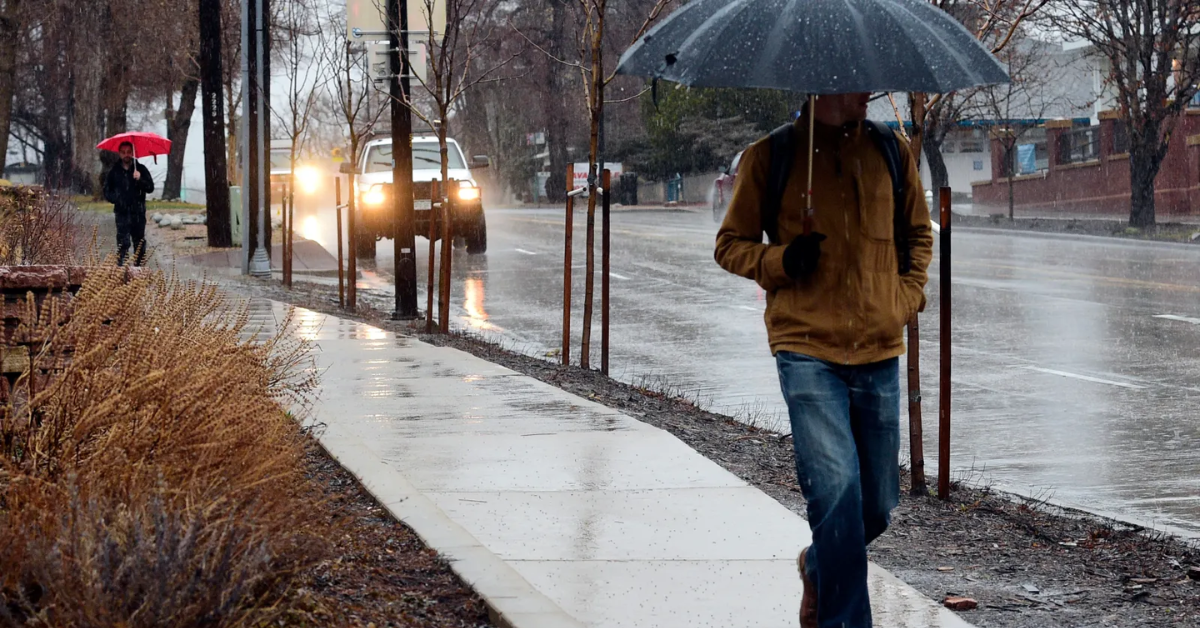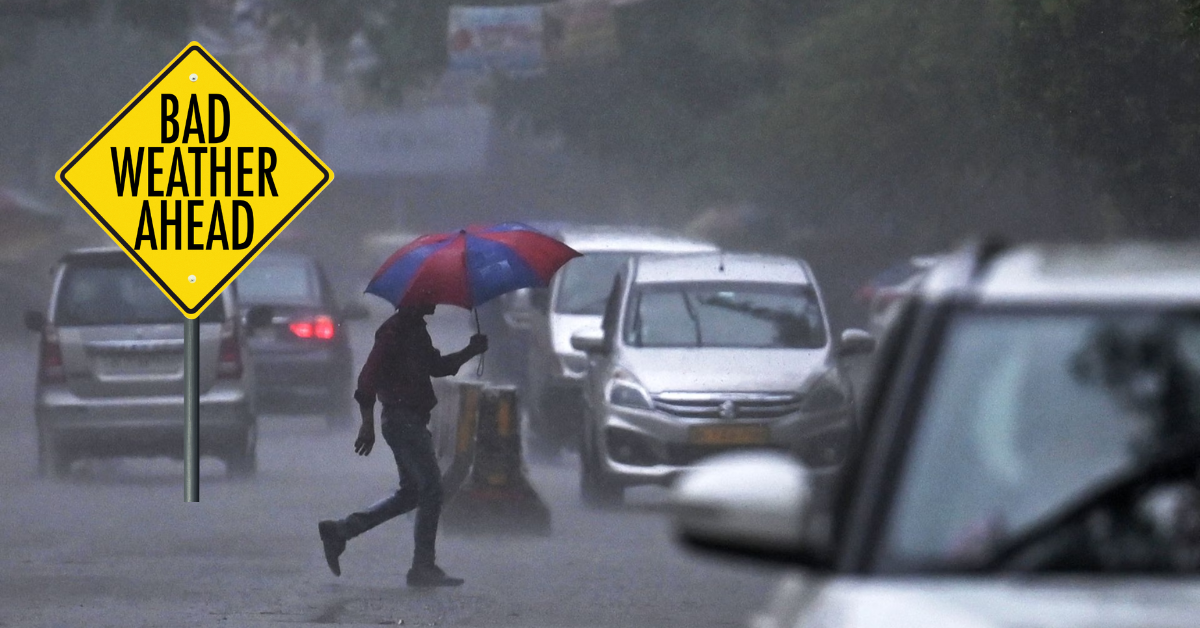This summer, Birmingham experienced its first official triple-digit temperature of 2025, hitting a scorching 100 degrees Fahrenheit. The sudden rise in temperature surprised many residents as the city struggled to cope with the intense heat. Such high temperatures are uncommon for this time of year, marking a notable weather event that has caught the attention of locals and weather experts alike.
The heatwave comes amid rising concerns about global warming and changing weather patterns. With more frequent extreme heat events expected worldwide, Birmingham’s record-breaking temperature serves as a reminder of the urgent need to prepare for climate change impacts. Let’s explore the details of this heatwave and its effects on the city.
What Caused Birmingham’s Record-High Temperature?
The key factor behind Birmingham reaching 100 degrees is a strong high-pressure system that settled over the southeastern United States, creating clear skies and trapping heat near the surface. According to the National Weather Service (weather.gov), this pattern, sometimes called a heat dome, prevents cooler air from moving in and allows temperatures to soar.
Additionally, climate scientists like those at NOAA (National Oceanic and Atmospheric Administration) note that warmer-than-usual ocean temperatures and dry soil conditions contributed to the rising heat across Alabama and surrounding states. These combined effects made the 100-degree reading possible.
How Are Residents Coping with the Heat?
With temperatures soaring, Birmingham locals are advised to stay hydrated and avoid outdoor activities during the peak afternoon heat. Cooling centers have opened in various parts of the city to help people without air conditioning find relief. Local authorities are also urging residents to check on elderly neighbors, who are especially vulnerable during heatwaves.
Schools and workplaces are adjusting schedules to avoid the hottest hours, and public warnings remind everyone to use sun protection when outside. “We want to ensure everyone stays safe as we deal with this unusual heat,” a city official told the Alabama media outlet AL.com.
What Does This Mean for Birmingham’s Climate Future?
The 2025 triple-digit temperature is part of a growing trend of increasing heatwaves in Birmingham and across the globe. Experts warn that if greenhouse gas emissions are not reduced, such record heat days will become more frequent and intense. This could affect public health, energy usage, and even agriculture in the region.
Community leaders are calling for immediate climate action to reduce carbon footprints and invest in green infrastructure. At the same time, individuals are encouraged to adopt energy-saving habits and support local environmental initiatives to help improve resilience against future heat events.
Tips for Staying Safe During Extreme Heat
If you live in Birmingham or other areas experiencing heatwaves, here are some practical tips to keep safe and comfortable:
- Drink plenty of water throughout the day.
- Stay indoors during peak afternoon hours (11 a.m. to 4 p.m.).
- Wear lightweight, loose-fitting clothing and a hat when outside.
- Use sunscreen to protect your skin from UV rays.
- Check on family, friends, and neighbors who may be vulnerable.
- Use fans or air conditioning when possible, or visit cooling centers.
By taking these steps, residents can minimize the health risks associated with high temperatures and remain comfortable during extreme weather events.
Conclusion
Birmingham’s first triple-digit temperature of 2025 highlights the growing impact of climate change on everyday life. While the city adapts to this new normal, it’s important for everyone to stay informed, take precautions, and support sustainable solutions. Keeping cool and staying safe during heatwaves will be key as summers continue to warm in the years ahead.
For more information on weather updates and safety tips, visit the National Weather Service and NOAA websites.







